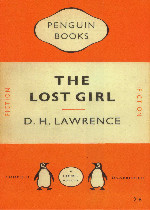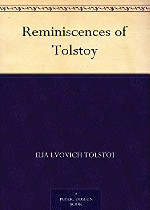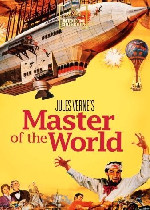
The Lost Girl is a novel by D. H. Lawrence, first published in 1920. It was awarded the 1920 James Tait Black Memorial Prize in the fiction category. Lawrence started it shortly after writing Women in Love, and worked on it only sporadically until he completed it in 1920. Alvina Houghton, the daughter of a widowed Midlands draper, comes of age just as her father’s business is failing. In a desperate attempt to regain his fortune and secure his daughter’s proper upbringing, James Houghton buys a theater.

Reminiscences of Tolstoy(托尔斯泰次子回忆录) 立即阅读
IN one of his letters to his great-aunt, Alexandra Andreyevna Tolstoy, my father gives the following description of his children:The eldest [Sergei] is fair-haired and good-looking; there is something weak and patient in his expression, and very gentle. His laugh is not infectious; but when he cries, I can hardly refrain from crying, too. Every one says he is like my eldest brother.I am afraid to believe it. It is too good to be true. My brother's chief characteristic was neither egotism nor self-renunciation, but a strict mean between the two.

The Master of the World(世界主宰者) 立即阅读
Master of the World (French: Maître du monde), published in 1904, is one of the last novels by French pioneer science fiction writer, Jules Verne. It is a sequel to Robur the Conqueror. At the time Verne wrote the novel, his health was failing. Master of the World is a "black novel," filled with foreboding and fear of the rise of tyrants such as the novel's villain, Robur, and totalitarianism. Set in the summer of 1903, a series of unexplained events occur across the Eastern United States, caused by objects moving with such great speed that they are nearly invisible.